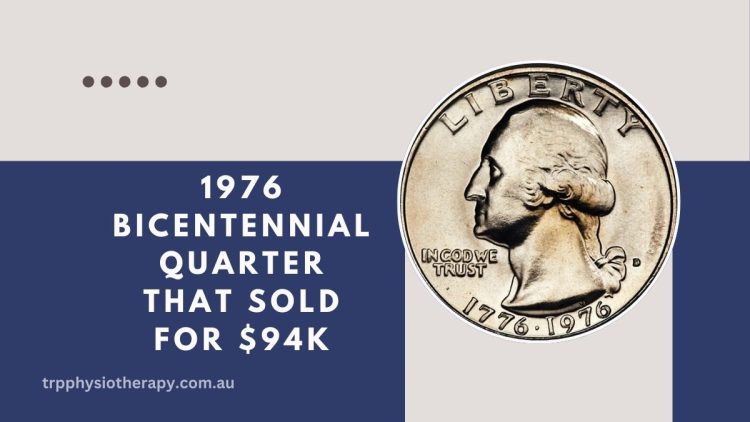The 1976 Bicentennial Quarter, minted to commemorate the United States’ 200th anniversary, is a familiar coin to many. While most of these quarters are common, certain rare variations and minting errors have turned some into highly sought-after collectibles, with values reaching impressive sums.
Let’s delve into the details of these valuable quarters and explore whether you might have a hidden treasure in your possession.
Understanding the Bicentennial Quarter
In 1976, the U.S. Mint released a special quarter featuring a unique design to celebrate the nation’s bicentennial.
The obverse retained the traditional portrait of George Washington, while the reverse showcased a colonial drummer boy, a design by Jack L. Ahr. The dual date “1776-1976” marks the coin’s commemorative nature.
Factors That Elevate a Bicentennial Quarter’s Value
Several elements can significantly increase the value of a Bicentennial Quarter:
- Minting Errors: Coins with anomalies such as double strikes, off-center strikes, or those struck on incorrect planchets are rare and highly prized by collectors.
- Proof Versions: Special proof sets were produced with higher quality strikes and finishes. The 1976-S Proof Bicentennial Quarter, for instance, is known for its mirror-like finish.
- Silver Composition: While most quarters were minted in a copper-nickel clad composition, some were struck in 40% silver, particularly those from the San Francisco Mint.
- High-Grade Condition: Coins graded MS67 or higher by professional grading services are scarce and can command premium prices.
Notable Bicentennial Quarters and Their Values
Here’s a table highlighting some of the most valuable Bicentennial Quarters:
| Coin Description | Notable Features | Approximate Value |
|---|---|---|
| 1976-S Proof Bicentennial Quarter | Proof quality with mirror-like finish | Up to $45,000 |
| 1976-D Bicentennial Quarter with Misplaced Mint Mark | Mint mark error | Up to $8,000 |
| 1976-S Type 1 Proof Bicentennial Quarter | Design variation with smaller date | Up to $10,000 |
| 1976 Bicentennial Quarter with Clipped Planchet Error | Clipped planchet error | Up to $20,000 |
| 1976-D Bicentennial Quarter with Double Die Obverse | Double die error on obverse | Up to $25,000 |
| 1976 Bicentennial Quarter with Prooflike Finish | Accidental prooflike finish | Up to $12,000 |
| 1976 Bicentennial Quarter with Wide Rim Error | Wide rim due to die misalignment | Up to $10,000 |
Spotting a Valuable Bicentennial Quarter
To determine if your Bicentennial Quarter holds significant value, consider the following steps:
- Examine for Errors: Look for anomalies such as double strikes, off-center images, or unusual mint marks.
- Check the Mint Mark: Quarters from the San Francisco Mint (“S” mint mark) may have been struck in 40% silver.
- Assess the Condition: Coins in uncirculated or near-perfect condition (high-grade) are more valuable.
- Weigh the Coin: Silver quarters weigh more than their clad counterparts.
The 1976 Bicentennial Quarter is more than just a piece of American history; it could be a hidden gem in your coin collection.
By understanding the factors that contribute to a quarter’s value and carefully examining your coins, you might discover that your change jar holds a valuable treasure. So, take a closer look—you never know what you might find!
FAQs
How can I tell if my Bicentennial Quarter is silver?
Silver Bicentennial Quarters have an “S” mint mark and weigh approximately 5.75 grams, compared to 5.67 grams for clad quarters.
Are all Bicentennial Quarters valuable?
While many are common, those with minting errors, silver composition, or in high-grade condition can be worth significantly more than face value.
Where can I have my Bicentennial Quarter appraised?
Consult reputable coin dealers or professional grading services like the Professional Coin Grading Service (PCGS) or Numismatic Guaranty Corporation (NGC) for accurate assessment.

